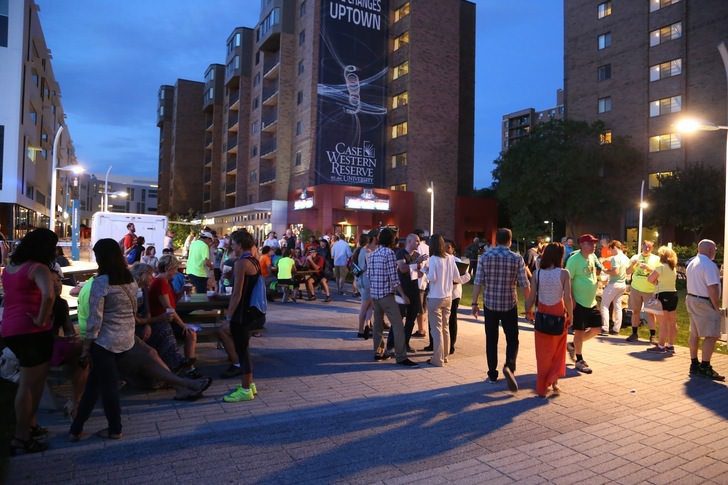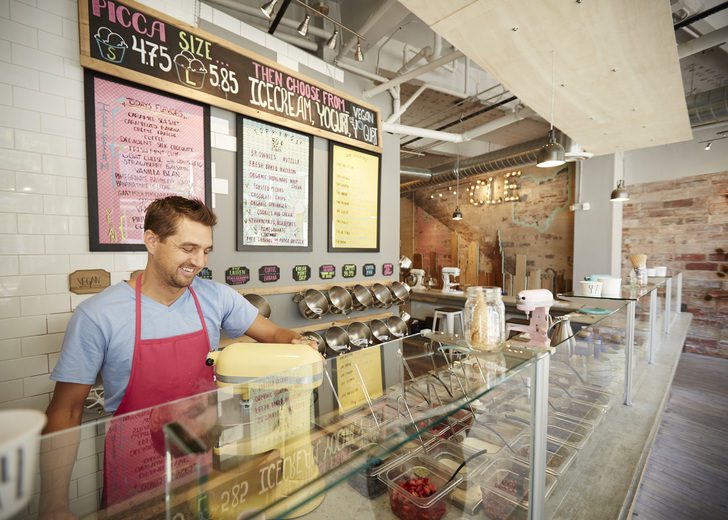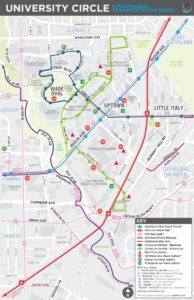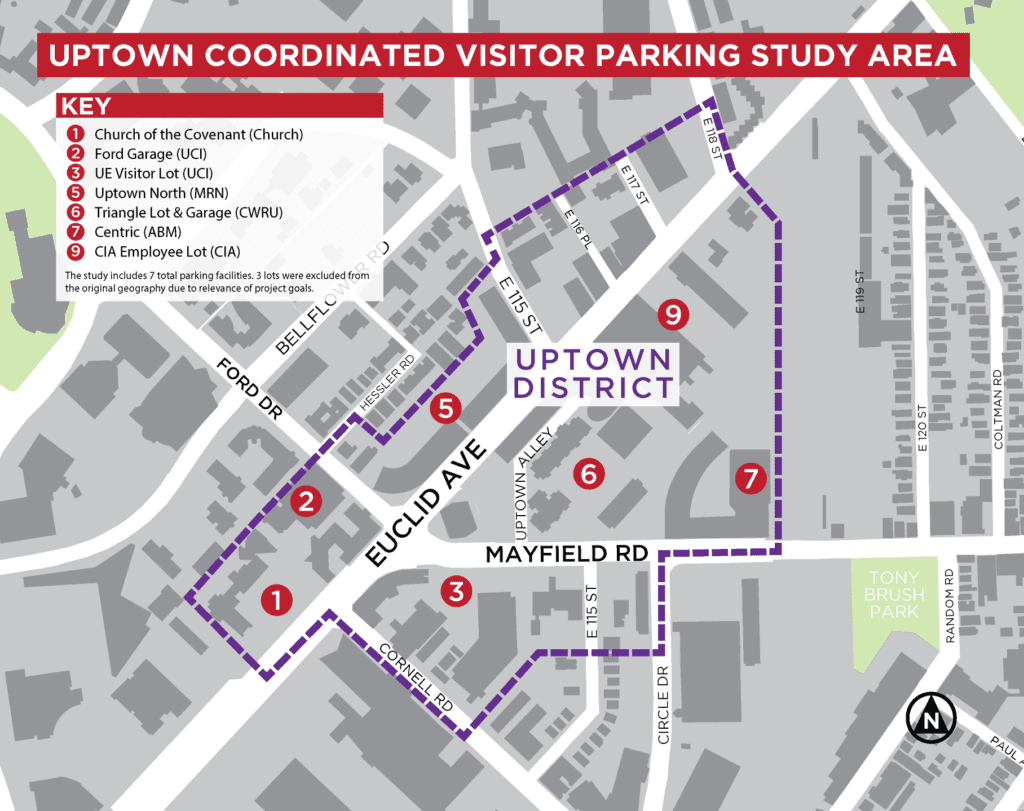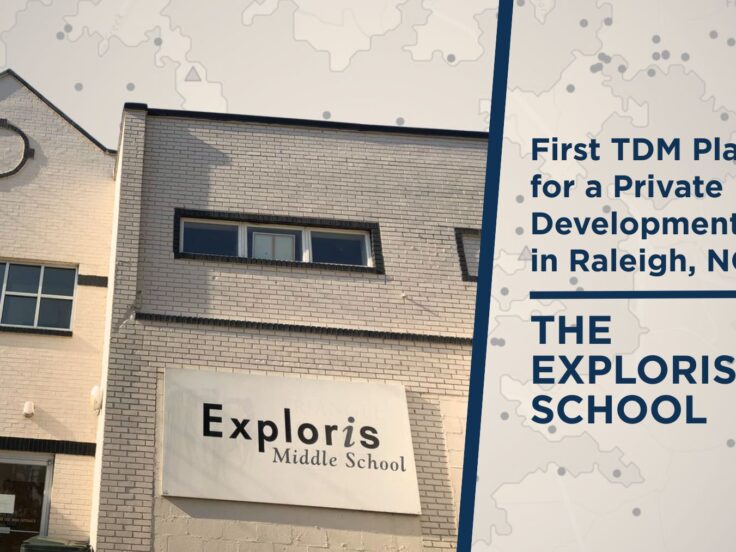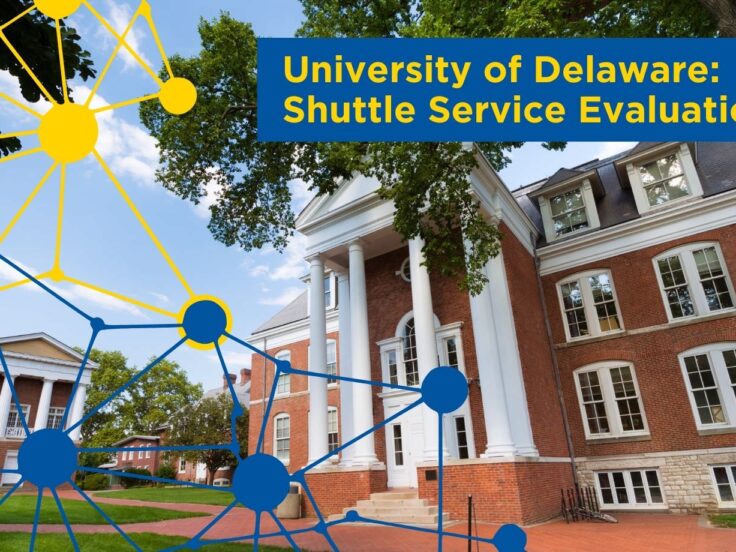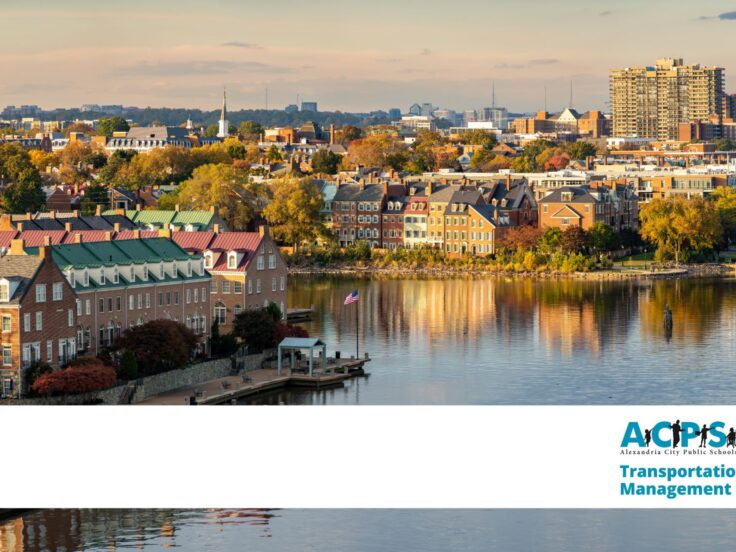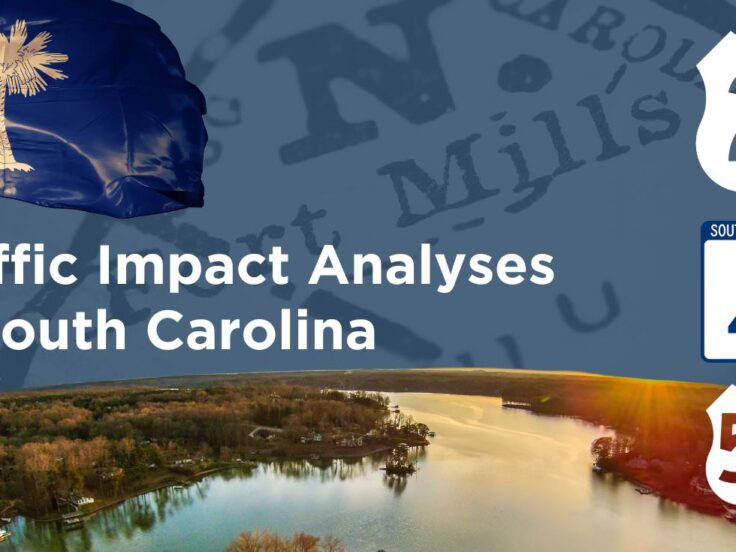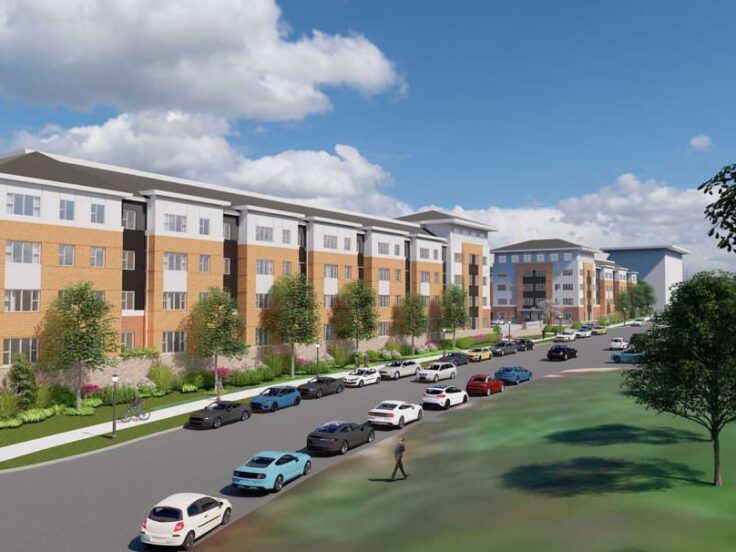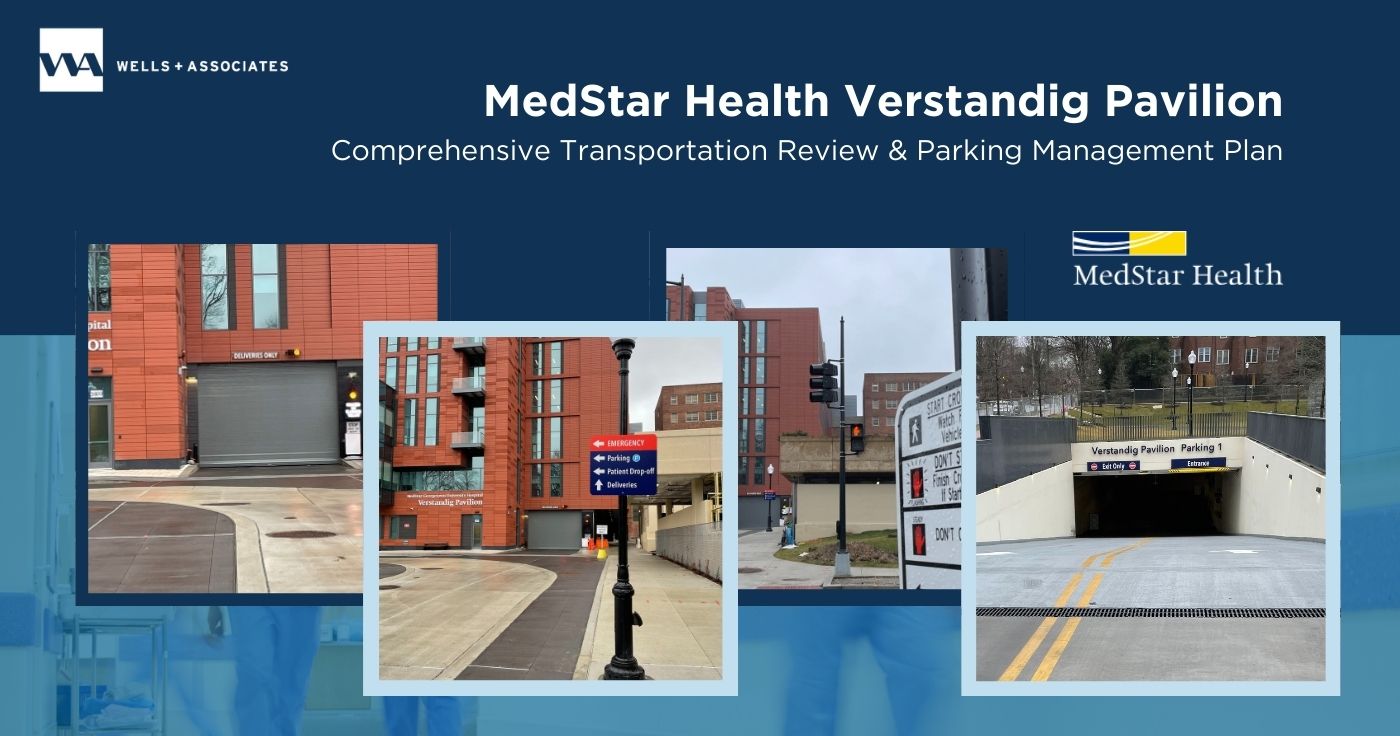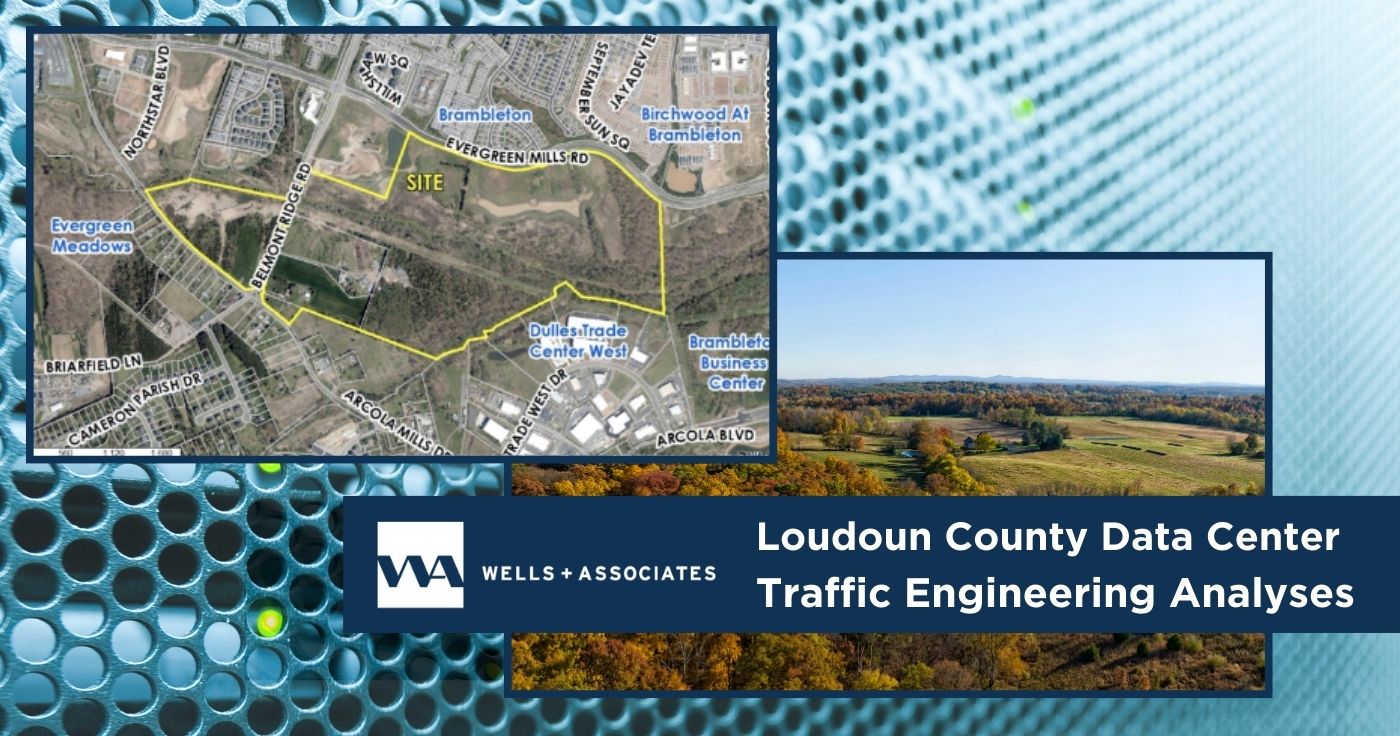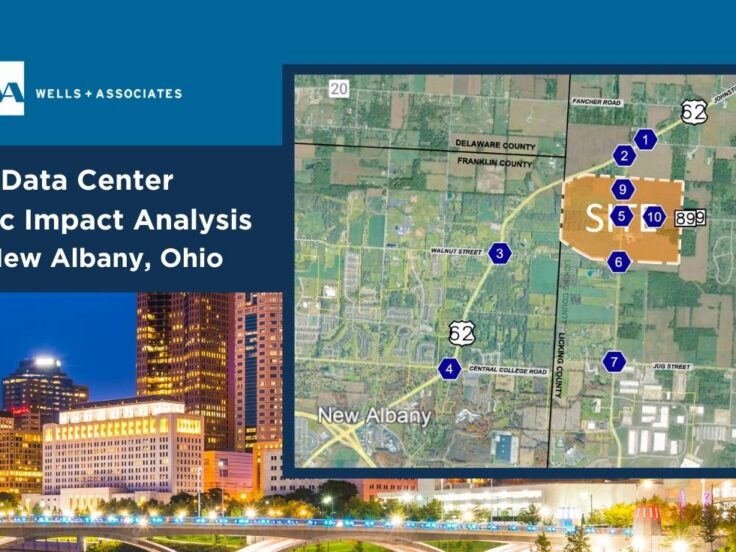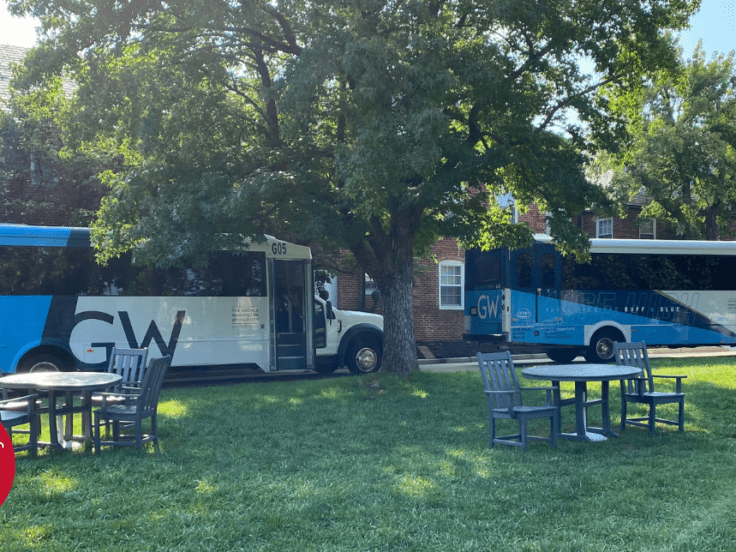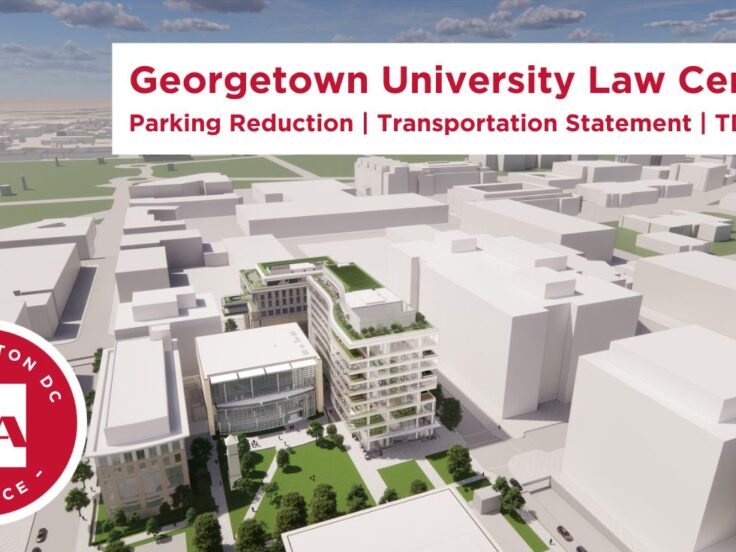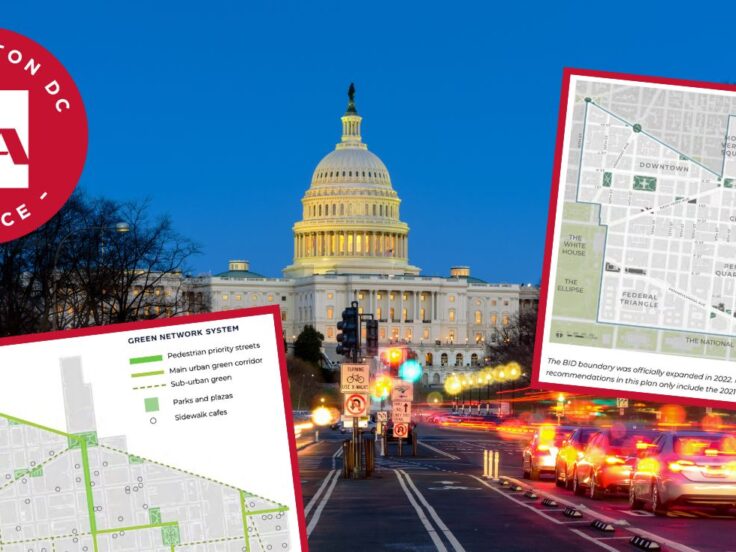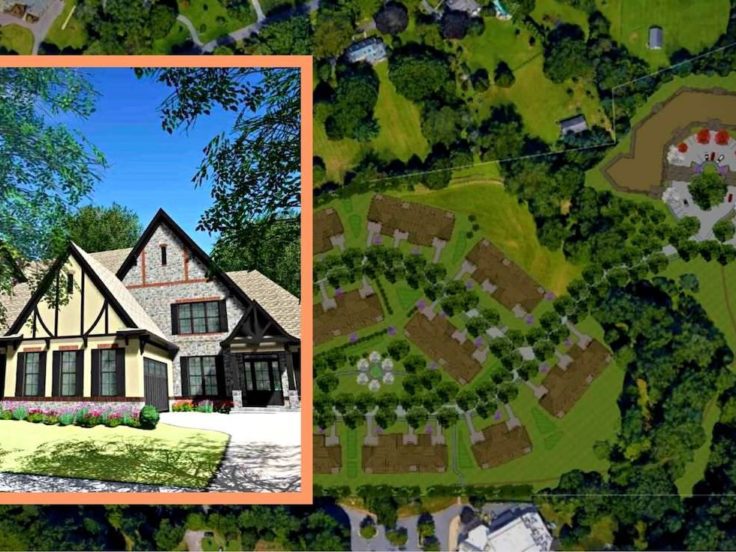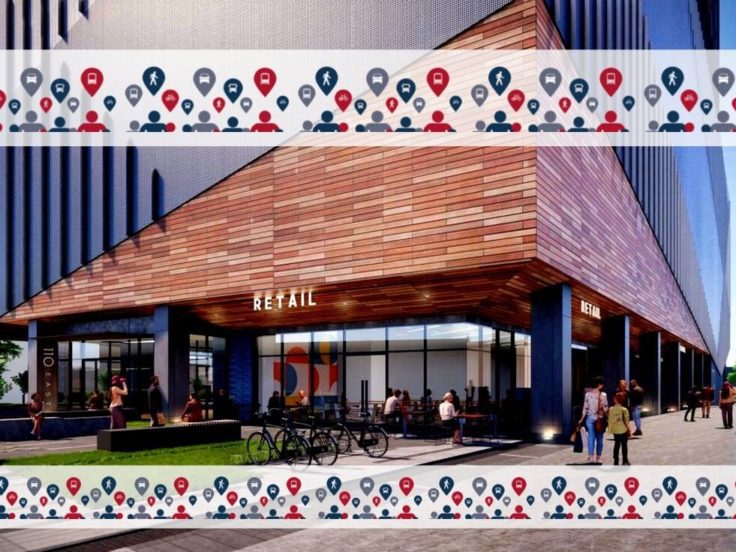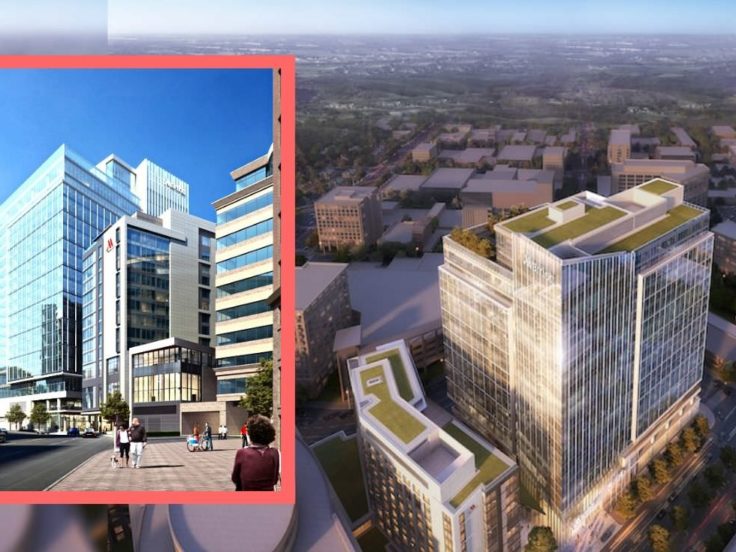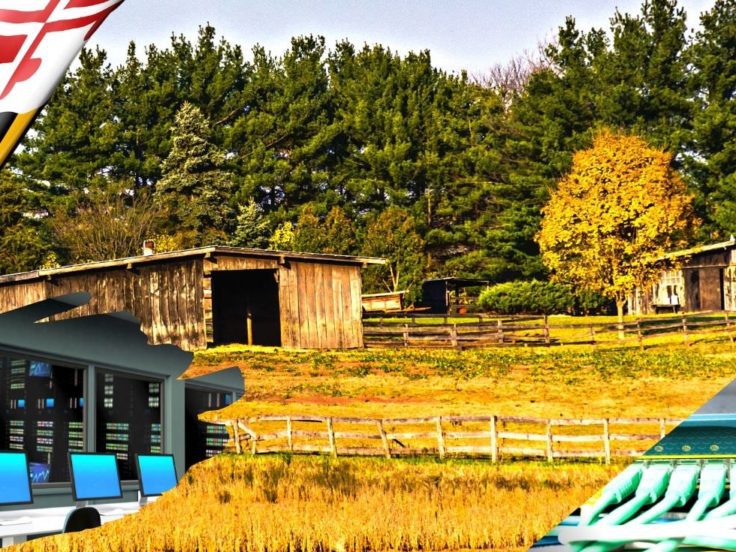Nicholas Kosar
When the Problem Isn’t Supply: Using TDM and Mobility Management to Improve Parking Performance
How can successful developments avoid the perception that they don’t have enough parking? Cleveland’s University Circle is a case study in how TDM (transportation demand management) and improved communication benefits tenants, visitors, developers, and the community.
A City Within A City: When Growth Puts Pressure on Parking
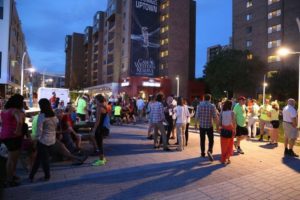 At just four miles east of downtown Cleveland, University Circle is an ever-growing employment center and tourist destination. With organizations like the Cleveland Orchestra and the Cleveland Botanical Garden, University Circle is both an economic and symbolic epicenter for the Northeast Ohio region. The campuses of Case Western Reserve University and the Cleveland Institute of Art are woven together by a network of streets, pedestrian paths, and transit lines forming a thriving commercial and educational district. Often described as a “city within a city,” the neighborhood boasts more than forty destinations, including educational, medical, cultural and religious institutions, as well as restaurants and shopping.
At just four miles east of downtown Cleveland, University Circle is an ever-growing employment center and tourist destination. With organizations like the Cleveland Orchestra and the Cleveland Botanical Garden, University Circle is both an economic and symbolic epicenter for the Northeast Ohio region. The campuses of Case Western Reserve University and the Cleveland Institute of Art are woven together by a network of streets, pedestrian paths, and transit lines forming a thriving commercial and educational district. Often described as a “city within a city,” the neighborhood boasts more than forty destinations, including educational, medical, cultural and religious institutions, as well as restaurants and shopping.
“Over the last fifteen years, the University Circle neighborhood has really evolved from an institutional destination into a broader residential, commercial and entertainment district. That means that its infrastructure has needed to adapt so that it can accommodate not just employees and students, but residents, visitors, and tourists of all types,” says Debbie Berry, Vice President of Planning and Real Estate Development for University Circle Inc.
University Circle patrons do not need to drive in a single occupancy vehicle (SOV). The neighborhood is served by the Greater Cleveland Regional Transit Authority’s Red Line light rail, and a new Bus Rapid Transit line, the HealthLine, which connects the Circle to the Health Tech Corridor and downtown Cleveland. However, as the district grew in prominence, University Circle Inc. (UCI), the nonprofit organization that manages it, started hearing a common refrain from patrons: there is not enough parking.
Berry explains that “Visitors to University Circle were confused about where and how to park, creating unnecessary circulation and overcrowding in certain parking facilities, especially during peak times. These delays made it difficult for drivers to identify open spots, leading to the perception that there was not enough parking in the area.”
Transportation Demand Management and mobility management strategies are demand-side solutions which more efficiently distribute travelers among a wider swath of transportation choices.
Not Enough Parking, Or Not Efficient Enough Parking?
However, the problem was not the parking supply. A 2014 parking study commissioned by UCI reported that the Uptown District, the downtown core of University Circle, maintained plenty of parking to support University Circle establishments—approximately 600 spaces across the 10 parking facilities. Rather, a strategy session led by Wells + Associates revealed that the perception that facilities were insufficient was actually caused by fragmented management.
“A significant issue was that the parking system at University Circle was not efficiently directing incoming visitors to available spaces,” explains Justin Schor, a principal at Wells + Associates. “So, drivers had a hard time finding parking spots.”
The problem was that University Circle’s parking facilities were not operating in coordination. The W+A team, which included ABM, Graelic, and Huie Design, identified a number of underlying issues:
- the parking supply was divided among multiple landowners, operators, and locations,
- signage was different at each facility,
- visitors could not easily determine how far they were parking from their destination, and
- the price of parking and how to pay for it varied depending on the lot or garage.
“Central management was one option we felt should be considered at the beginning of the study,” says Annie Pease, Transportation Manager at University Circle Inc. “However, we decided as a group of owners that there were smaller steps we could take to improve consistency. We needed a roadmap to show us the best way to do that.”
The Wells + Associates TDM team recommended changes to the directionals on parking signs throughout University Circle. According to Pease, “We wanted to direct visitors to parking areas without cluttering the streets with parking signs. It’s easier said than done because at certain intersections, there are parking options to the left, to the right and straight ahead. There were also inconsistent and missing signs at the entries of key parking facilities. That created an unclear situation, especially to someone visiting University Circle for the first time, about where they could park.”
To tackle the congestion visitors faced at peak times, the W+A team also recommended technological improvements: entry and exit systems, QR code readers, and infrared barcode readers to track vehicles, as well as digital signs to report how many spaces are available. These tools produced real-time information that patrons could read online, helping them make informed choices before they even arrived.
The Wells + Associates team helps clients understand that what often looks like a parking crunch are really efficiency problems that TDM strategies and shared mobility can address.
Real-time information is very powerful, according to Mike Workosky, President at Wells + Associates who works extensively on the company’s parking studies and design team. “By producing and sharing this data, newcomers can view available parking before they drive, and decide whether to postpone their trip to an off-peak time or use a non-automobile mode. The ability for visitors to make these informed decisions benefits everyone and more effectively allocates parking to those who really need it.”
Moving Beyond Driving and Parking to Shared Mobility: Considering All Transportation Options
But the key innovation at University Circle was putting non-automobile modes of travel on an equal playing field with driving—a major tenet of Transportation Demand Management (TDM).
Driving is a kind of ‘default’ transportation mode for most people, according to Schor. “If you want your clientele to consider other options, you need to promote those options alongside parking.”
So the University Circle Visitor Parking Management Plan focused on a two-pronged approach:
- improve circulation around the area’s parking, and
- increase the number of people who travel using non-SOV modes like bus or rail.
To do this, the Wells + Associates team recommended that whenever UCI communicates parking information it should also promote all non-SOV modes of transportation that serve the neighborhood. The plan recommended that the new UCI website not only serve as a clearinghouse for parking information, but as a clearinghouse for all transportation information— including non-SOV options.
“Once we created a collective understanding with all the parking facility owners that our parking problems were really broader transportation problems, everything fell into place,” Pease explains. “The goal is for visitors to go to University Circle’s website ahead of time, see all their transportation options, and make more informed decisions about how to travel.”
“The goal is for visitors to go to University Circle’s website ahead of time, see all their transportation options, and make more informed decisions about how to travel.” – Annie Pease
W+A included TDM recommendations in the plan that focused on regularly communicating with tenant representatives and encouraging them to promote non-SOV transportation options among the neighborhood’s regular commuters to help preserve parking for visitors. This included a new digital marketing strategy, through which transportation information is returned in all online searches related to the Uptown District.
Pease says this information is particularly relevant during large events. “We also now make sure that ahead of big events that will draw large crowds, such as the Wade Oval Wednesday (WOW) summer concert series, our marketing campaigns include transportation information—University Circle can accommodate large events, but our parking system would become overwhelmed if everybody drove.”
The problem was not the parking supply. Rather, a strategy session led by Wells + Associates revealed that the perception that facilities were insufficient was actually caused by fragmented management.
You Can’t Build Yourself Out of A Parking Crunch: Improve What You Have with TDM and Shared Mobility
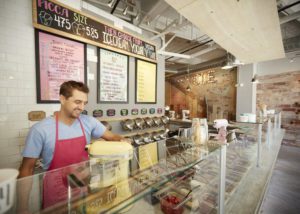 Mixed-use neighborhoods like University Circle are designed to attract visitors of all types, and on all schedules. When a neighborhood becomes busy—a sign of success—parking becomes tight as well as more difficult to build. TDM and mobility management strategies like providing real-time information and promoting non-SOV travel options help keep a “live, work, play” neighborhood like University Circle operating smoothly at all hours.
Mixed-use neighborhoods like University Circle are designed to attract visitors of all types, and on all schedules. When a neighborhood becomes busy—a sign of success—parking becomes tight as well as more difficult to build. TDM and mobility management strategies like providing real-time information and promoting non-SOV travel options help keep a “live, work, play” neighborhood like University Circle operating smoothly at all hours.
The Wells + Associates team helps clients understand that what often looks like a parking crunch are really efficiency problems that TDM strategies can address. Transportation Demand Management strategies are demand-side solutions which more efficiently distribute travelers among a wider swath of transportation choices. By adopting TDM, University Circle made better use of its existing assets and improved the overall accessibility of the neighborhood.
All images courtesy of University Circle.

